#john horsley
Explore tagged Tumblr posts
Text
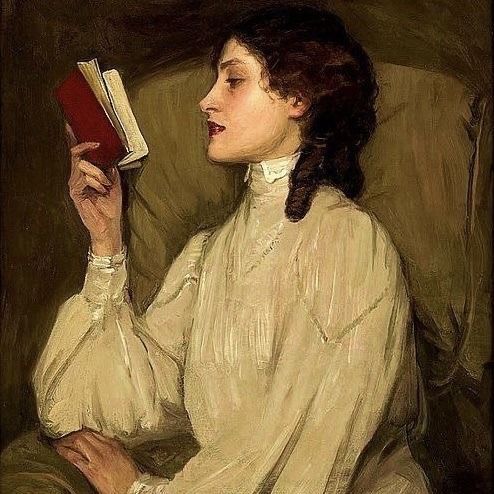
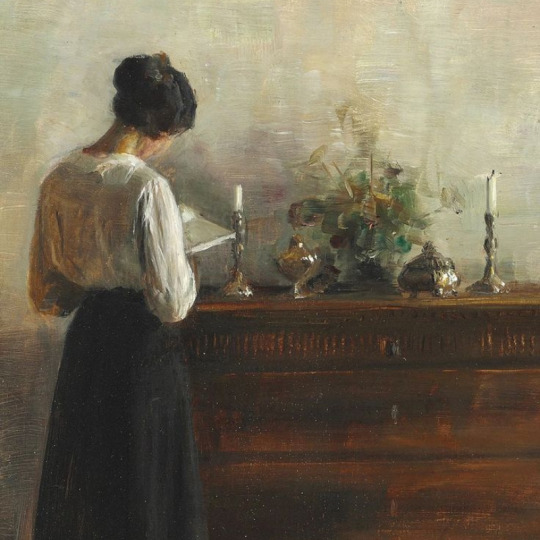
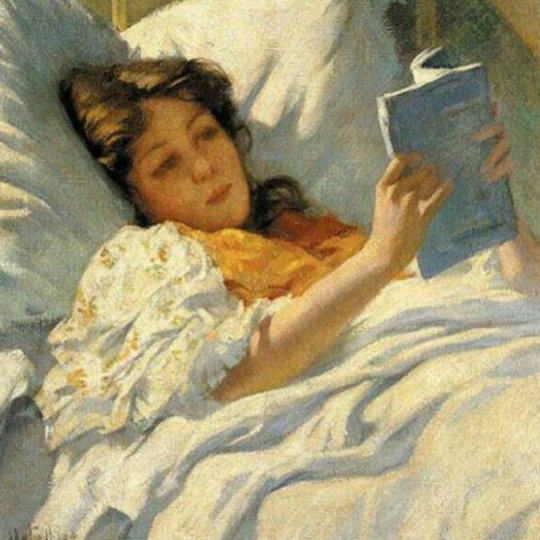
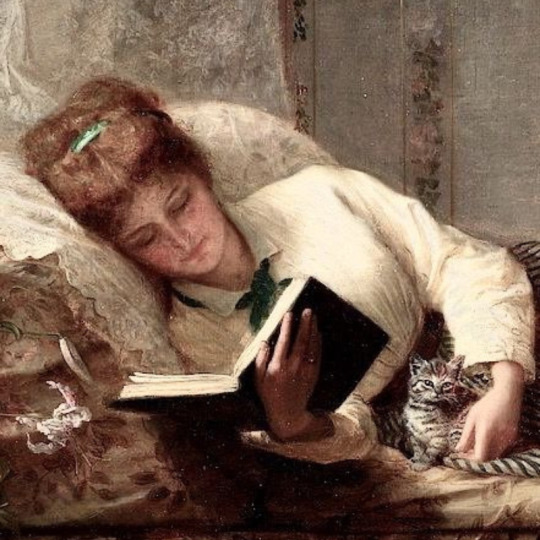
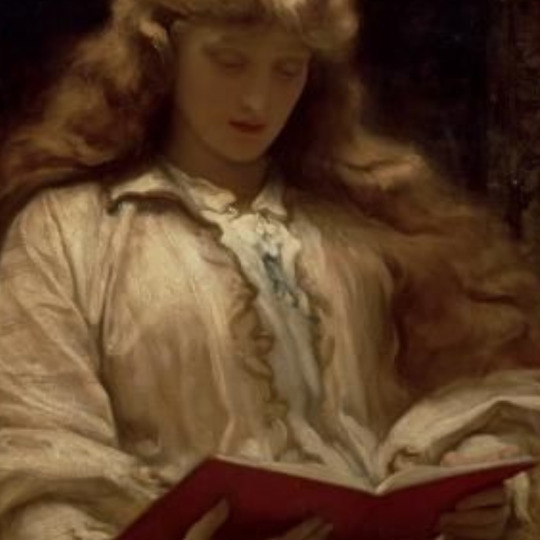
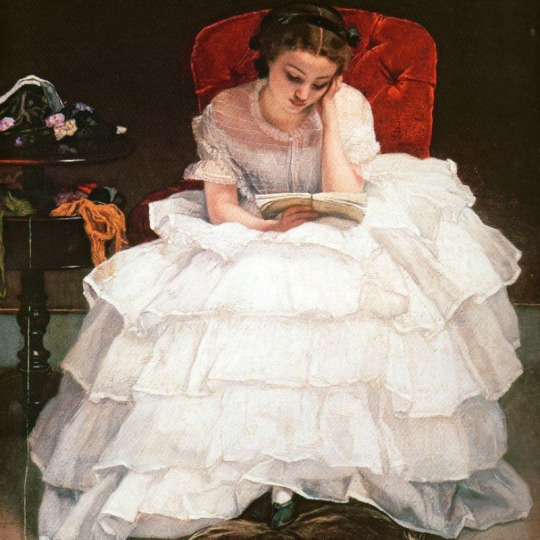
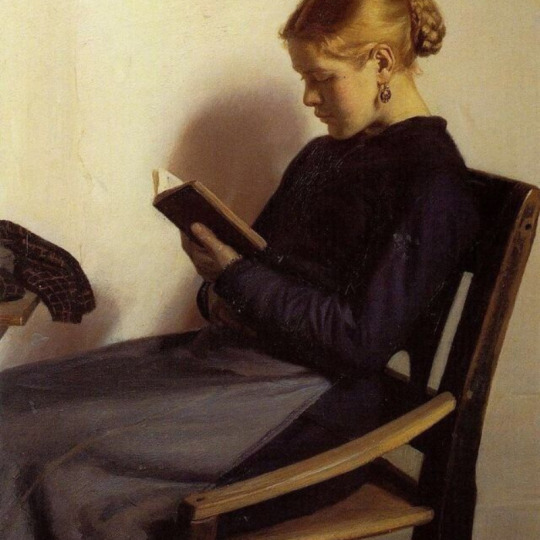
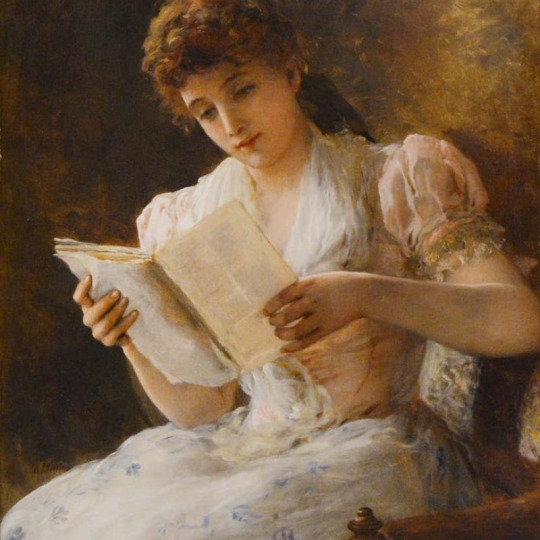
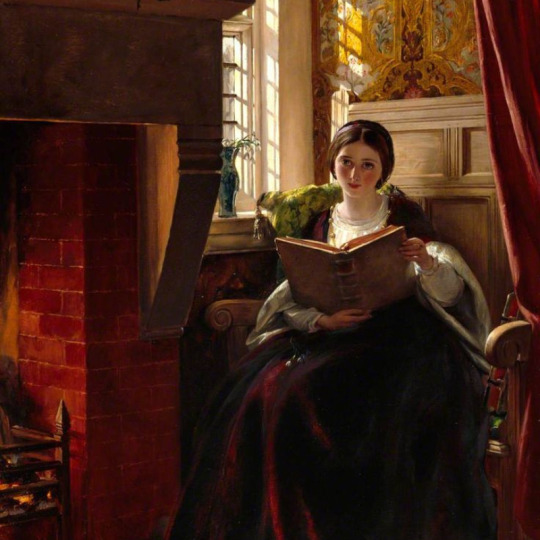
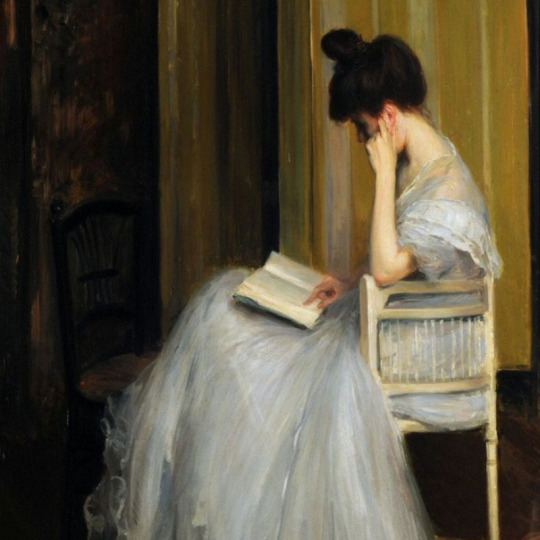
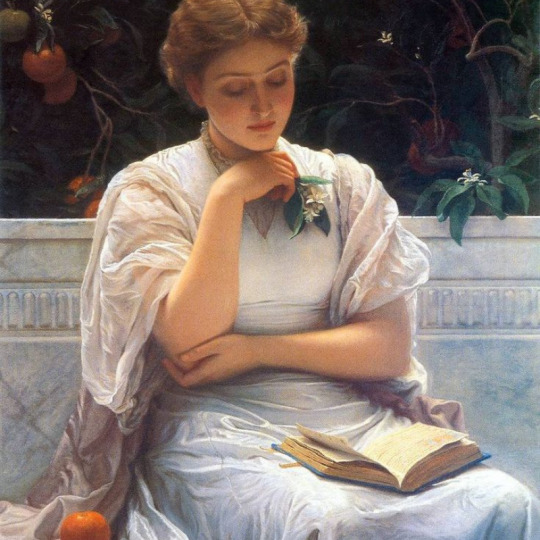
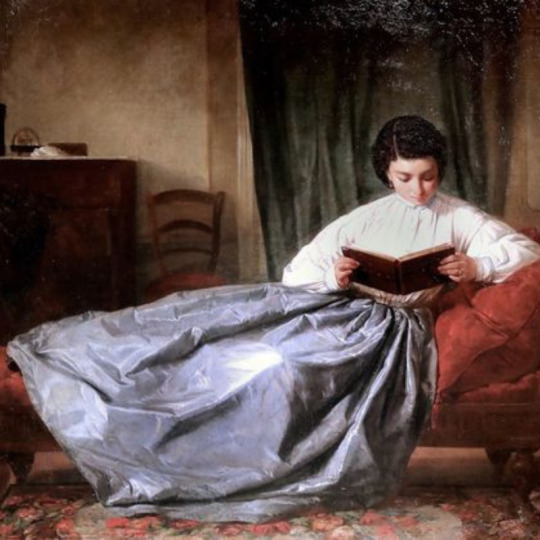

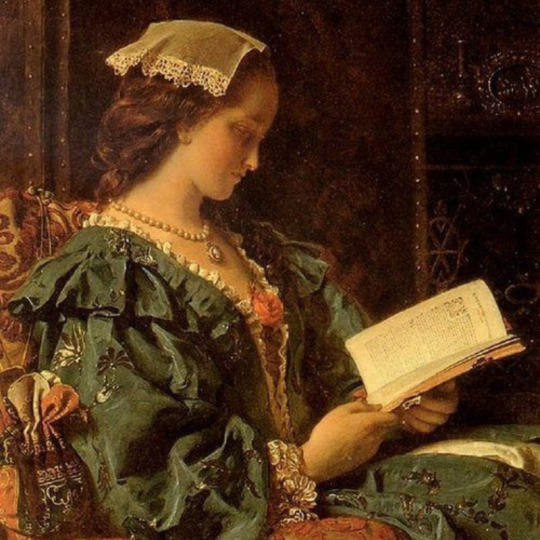

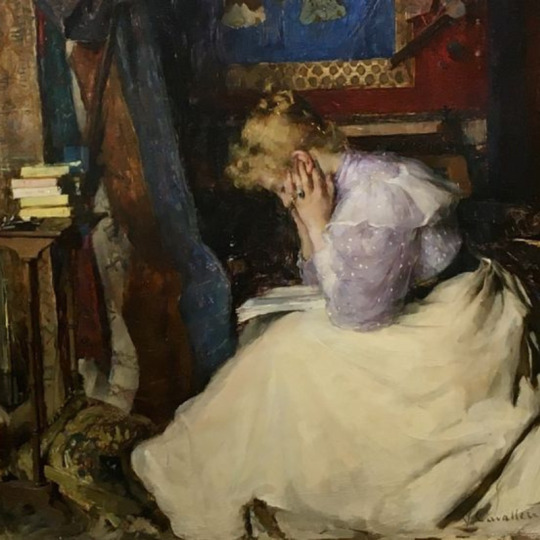
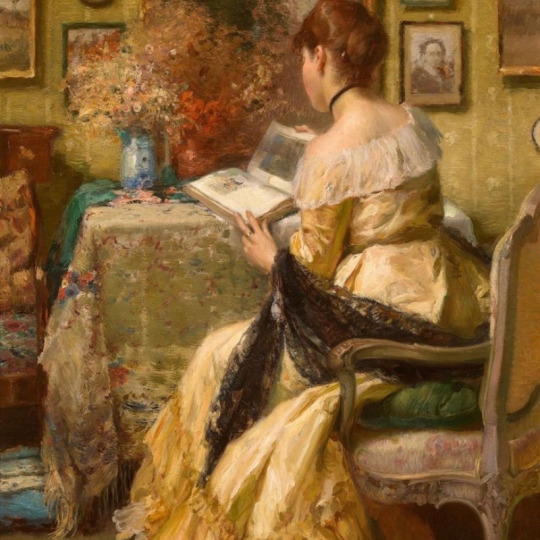
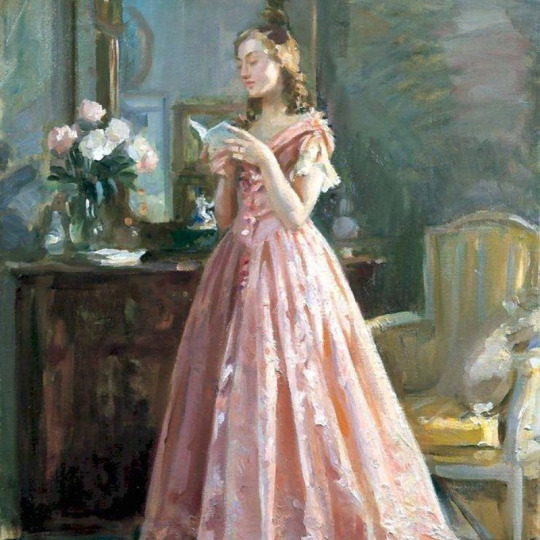
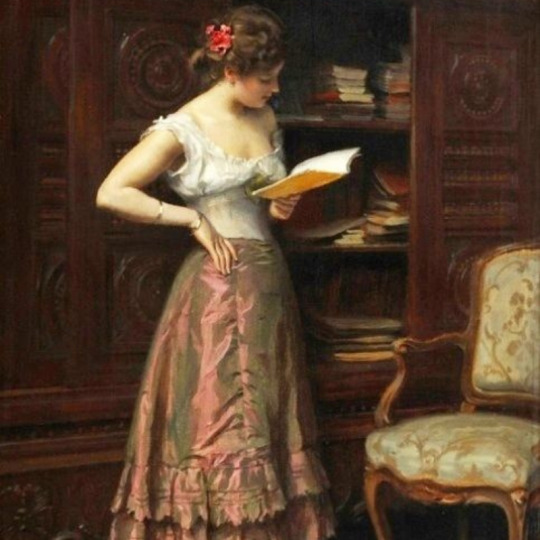
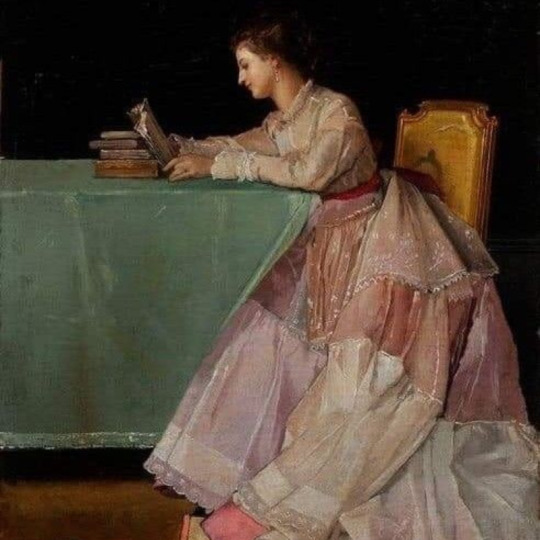
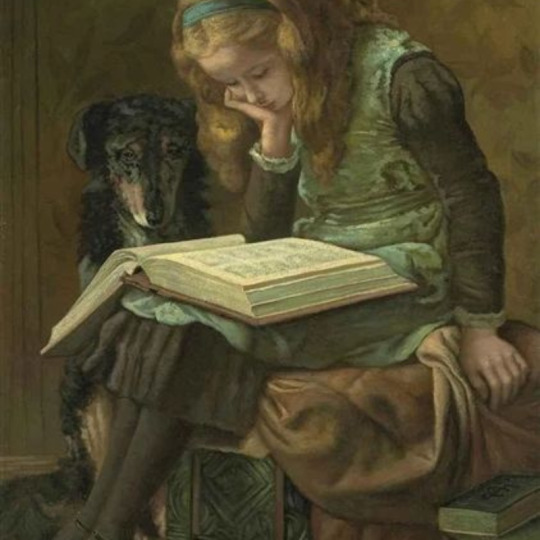
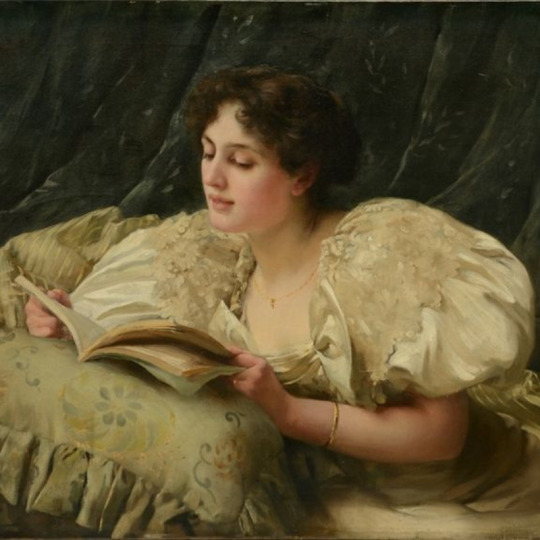

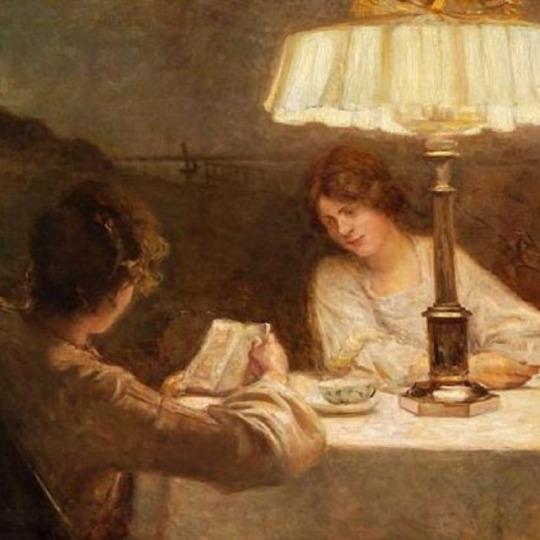
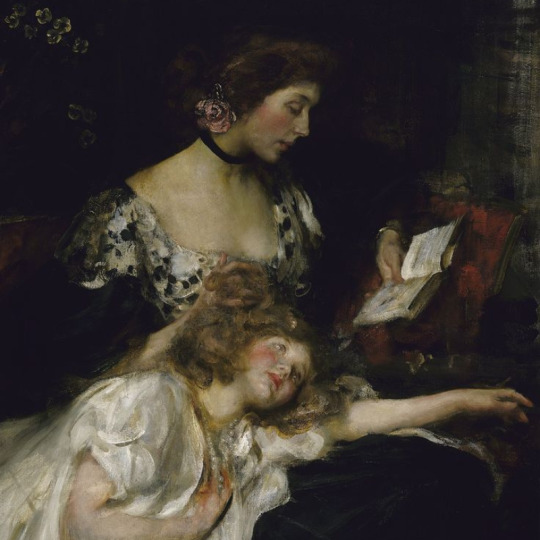
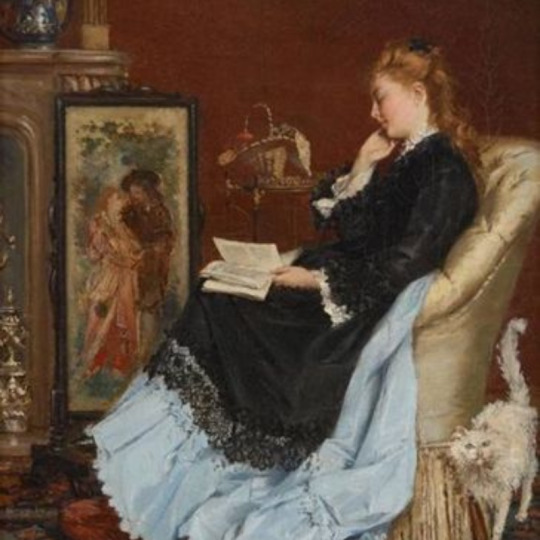

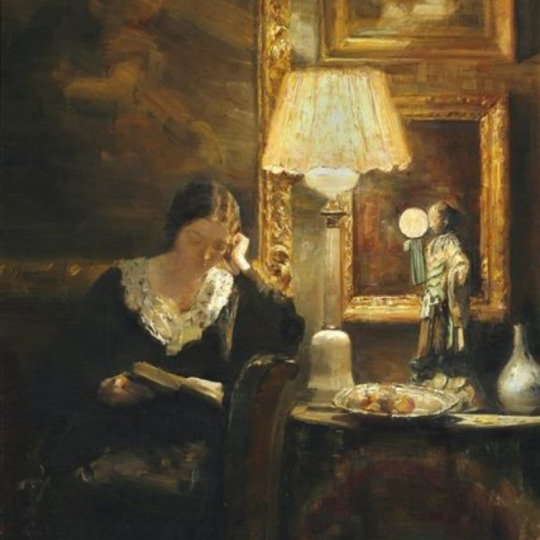
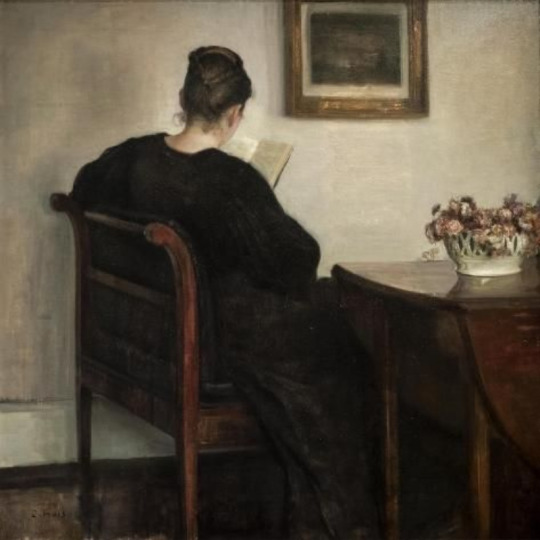
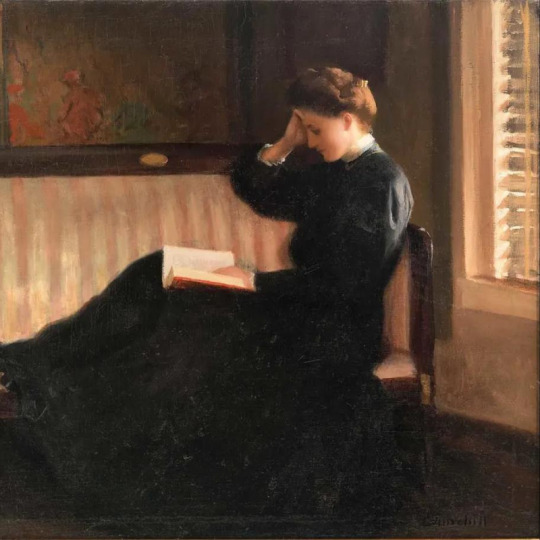
reading + art
#sir john lavery's “miss aura's the red book”#cant find artist or painting name#artist is willard leroy#artist is frederick morgan#the maid with golden hair by frederic lord leighton#girl reading by alfred emile stevens#young girl reading by michael peter ancher#woman reading book by william oliver#a pleasant corner by john callcott horsley#woman reading by jacques-emile blanche#in the orangery by charles edward perugini#artist is joseph duran#girl with pigtails by samuel henry willam llewllyn#the love tale by francis john wyburd#lady sirling maxwell by james guthrie#artist is roma ribera#a lady reading a book by albert chevallier tayler#artist is wilfred gabriel de glehn#woman reading standing by frederic dufaux#artist is jules-adolphe goupil#view reading by charles james#cant find artist or painting#young girl reading by jean-honore fragonard#artist is christian valdemar clausen#mother and child by james jebusa shannon#artist is albert roosenboom#lady with a book in a garden by frantisek dvorak#aften by carl vilhelm holsoe#reading woman by carl holsoe#woman reading on a sette by william w churchill
3K notes
·
View notes
Text

John Callcott Horsley
#john callcott horsley#art#artwork#fine art#fineart#painting#art history#history of art#women in art
25 notes
·
View notes
Text

Juliet and Her Nurse, John Callcott Horsley, 1872
Oil on canvas 55 ⅞ x 43 ¾ in. (141.9 x 111.2 cm)
#art#painting#john callcott horsley#1870s#19th century#19th century art#oil#literary art#academic#academicism#english#british#romeo and juliet#shakespeare
77 notes
·
View notes
Text

John Callcott Horsley (British, 1817-1903) • A Quiet Corner • 1865
#art#fine art#painting#art history#british artist#oil painting#paintings of domestic interiors#the painted room blog#art blog#paintings of interiors#genre painting#artwork#woman reading#art appreciation#john callcott horsley
29 notes
·
View notes
Text

John David Horsley 1930s publicity portrait.
33 notes
·
View notes
Text

John David Horsley 1930s publicity portrait.
#John David Horsley#actor#actors hollywood#1930s hollywood#movies#movie hunk#film stills#1930s fashion#1930s cinema#1930s vintage#1930s
6 notes
·
View notes
Photo
How I imagine a quiet day at the Red Keep. Princess Elia Martell or Lady Ashara Dayne reading one of Rhaegar's books.

A Pleasant Corner, 1865 by John Callcott Horsley (English, 1817–1903)
3K notes
·
View notes
Text
Eurovision 2007 - Number 7 - Big Brovaz - "Big Bro Thang"
youtube
It's the third song using rap in my top ten! I guess that makes me atypical for a Eurovision fan. This one is a tragedy in a way that only the UK and the BBC can produce with its approach to selecting their Eurovision candidate.
Big Brovaz were an established band. They'd had several UK top ten hits and one of those, Nu Flow, had been a hit across Europe in places as diverse as Belgium, Sweden and Türkiye. In recent times though, there had been trouble with headlines as rapper Flawless was stopped in possession of cannabis at Los Angeles airport. Their label dropped them, before four of the original six members reformed for another push.
At the time of Making Your Mind Up 2007, Big Brovaz consisted of singers Cherise Roberts and Nadia Shepherd alongside rappers J-Rock (John Paul Horsley) and Randy (Michael Brown). The true stars here are Cherise and Nadia. Cherise had a solo album out prior to joining Big Brovaz, and had won a MOBO award.
The push to represent the UK at Eurovision was supposed to be the big comeback for the band after their troubles. The song was written by the band themselves and would have been released the previous year as a comeback single until the idea to go for the national final came up. It was a starry national final and Big Brovaz were definitely one of the attractions. There was almost an expectation that they would at least make it to the super-final.
Big Bro Thang is very much their style. With the rappers injecting energy while the singers harmonise their amazing voices for the choruses. The beat is heavy, J-Rock and Randy deal with crowd control almost percussively while Cherise and Nadia stun everyone with their amazing, pitch perfect vocals. It's the voices of the two women here that dominate, both given a chance to shine. They are seemingly made for each other.
The UK had had notable issues with Eurovision singers not being able to sing. Here are two well-known, brilliant vocalists really showing off live. On top of all of this, they all have stage presence. They have a look, they have the dancers, they have attitude, despite being a manufactured band, they still have authenticity, and they all know what each other are doing. The rap and vocals weave around each other, four voices working together in unison. It's almost too perfect for the UK.
Of course they didn't qualify for the super-final. Scooch did. Even the other contestants were shocked. Terry Wogan was stunned enough at the end to announce that the losing super-finalist had won. Even Terry knew this was the wrong choice. There were several comments about the prejudice of the UK public, but a televote is a televote. The BBC had to stick to it. Afterwards Scooch had to defend themselves in the press when several comments said they didn't deserve to win. After all, they had done nothing wrong.
Sadly for Big Brovaz, Making Your Mind Up proved to be a mistake. With this single held back, it didn't receive the promotional push it needed and it only got to 171 in the UK charts. The band broke up again.
Cherise and Nadia did go on to form their own group Booty Luv, who had some success, but nothing on the scale of Big Brovaz. Similarly J-Rock and Randy formed Party Dark, but with even less market awareness. The UK and BBC's Eurovision approach had killed another set of promising careers, and they were back to the same drawing board they'd had to use after 2003.
This is absolutely one of those occasions where I wish things had been different - as does almost everybody else. One of the great lost national final songs and performances.
From the period when they were still a six-piece band, this is a live performance of their version of Favourite Things, a true R&B subversion of the Sound of Music.
youtube
#esc 2007#esc#eurovision#eurovision song contest#Helsinki#Helsinki 2007#Youtube#national finals#Making Your Mind Up 2007#United Kingdom#Big Brovaz#Cherise Roberts#Nadia Shepherd#J-Rock#Randy#John Paul Horsley#Michael Brown
1 note
·
View note
Text

"Juliet and her nurse"
{1872}
By ~ John Callcott Horsley
1 note
·
View note
Text
Victorian Christmas Cards
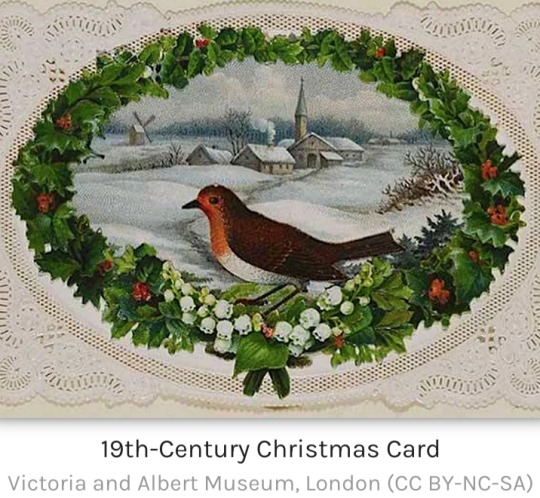
Printed Christmas cards became popular in the Victorian period (1837-1901), thanks to a combination of cheaper printing techniques and even cheaper post, with the arrival of the Penny Black postage stamp.
Coming in all shapes, sizes and materials, Christmas cards were sent in their millions to all corners of the British Empire.
Victorian illustrators created an entire mythology of exactly what we imagine a European Christmas should look like with their now-classic scenes of present-covered Christmas trees, holly, robins, sleighs, and snow-covered country lanes.
When we dream of a white Christmas, it is the festive cards of the 19th century, which are largely responsible for that evergreen imagery.
Origins

Adults have, of course, been writing letters to each other for centuries.
Even before there was an official public post system, letters were delivered in person, by servants, and via transport coaches.
There had also been prints made from the 15th century, using woodcuts or copperplate printing techniques, especially for calendars.
It was in the Victorian period that several factors conspired to make printed Christmas cards the hugely popular phenomenon they became.
The historians Antony and Peter Miall suggest in The Victorian Christmas Book that the origins of cards for the festive season lie in the classroom.
From the 18th century, schoolmasters had their pupils work on a 'Christmas Piece' in the month of December.
This work involved pupils selecting a sheet of fine paper and producing a sample of their writing, principally to show off to their parents evidence of their academic progress that year.
The paper often came with a decorated engraved border, and by the 19th century, it was popular for the pupils to draw their own decorative borders using coloured ink.
"These offerings were the forerunners of the great Victorian Christmas Card" (Miall, 37).
Other sources of inspiration for the decorative Christmas card may have been printed music sheets with decorative borders and covers, engravings commissioned to mark important anniversaries, school reward cards for hard-working pupils, fine illustrated notepaper, and the more ornate varieties of visiting cards, which were left when one called upon someone and they were not at home.
The First Christmas Card

Sir Henry Cole (1808-1882) was a civil servant who had, in 1840, reformed the British postal system by helping to create the Universal Penny Post where senders used the now-famous Penny Black postage stamps.
Cole would later become the first director of the Victoria and Albert Museum in London.
In 1843, Cole had a brilliant idea.
Not only could he save himself writing different individualised letters to his friends and family at Christmas, but he could also brighten the season with a colourful card printed for the express purpose of sending his compliments of the season.
Accordingly, Cole commissioned John Callcott Horsley (1817-1903), an artist and illustrator who was a member of the Royal Academy, to produce the first printed Christmas card.
THE FIRST CARDS WENT ON SALE TO THE PUBLIC AT THE RATHER HIGH PRICE OF ONE SHILLING PER CARD.
Horsley's design for the card, which was about the size of an ordinary visiting card (2 x 3 inches or 5 x 7.5 cm), showed different generations of the Horsley family raising a toast – presumably to the absent friend who is the recipient of the card – while flanked with scenes showing acts of charity, then, as now, an important element of the Christmas season.
On the left are people giving food to the needy, and on the right, they give clothing.
There was a border of a wood frame intertwined with ivy, and below the main image, a greeting of "A Merry Christmas and a Happy New Year to You."
There was a space along the very top and bottom of the card left blank to write a short handwritten and personalised message to the receiver.
One thousand such cards were printed and then hand-coloured. The cards went on sale to the public at the rather high price of one shilling per card.
Perhaps unsurprisingly for a new and relatively expensive idea, there were few buyers.
The Idea Catches On

Fortunately for the future of Christmas cards, the royal family was enthusiastic for all things Christmassy.
In particular, Prince Albert (1819-1861) brought German Christmas traditions to England such as the Christmas tree.
It was the younger members of the royal family who adopted the idea of sending each other handmade greeting cards both at Christmas and New Year.
Queen Victoria must have approved since she later started the trend of public figures sending 'official' Christmas cards showing more often than not themselves and their family in a festive setting.
Then, in 1844, there was another attempt at the commercial Christmas card, and this was much more successful.
Mr W. C. T. Dobson sold a printed card, which carried an illustration of the "Spirit of Christmas."
In 1848, a card printed by William Maw Edgley (1826-1916) repeated the theme of Cole's card but added scenes of general merriment and holly to the imagery.
Printers now knew they were onto a good thing. They became more and more ambitious with the designs of their cards, which were available to buy in stationers and bookshops.
From 1879, rather than pricey single cards, people could buy cheap packs of cards from tobacconists and toy shops, often imported from Germany.
This development went hand-in-hand with the new half-penny post for postcards, and so now people of all classes could send Christmas cards to their loved ones.
Victorian Christmas Card Designs

The first cards were printed on small single sheets of card, but they soon progressed to come in all shapes and sizes.
Victorian Christmas cards were typically lithographed and hand-coloured before colour-printing took over.
Many used embossed paper, sometimes with cut-out parts to resemble lace, particularly for borders.
There were even cards decorated with ribbons, tassels, real lace, tinsel, and coloured glass.
Satin, silk and brocade were also popular materials to enhance the feel of the card.
The most exotic of cards were scented, had padded additions, and incorporated pressed flowers.
One card for sale boasted it was made of no fewer than 750 separate pieces.
If one creation reflected the Victorian love of accumulating individual beautiful materials to create an even more beautiful finished article, it was the Christmas card.
With so many possible materials being used in a single card, it is no wonder that draper's shops included them in their Christmas stock.
VICTORIAN ILLUSTRATORS WERE LARGELY RESPONSIBLE FOR WHAT WE TODAY IMAGINE AS A CLASSIC 'CHRISTMAS SCENE'.
There was a great variety in the shape of cards, too, with the most popular ranging from the classic rectangular form to oval, circular, diamond, crescent, and bell-shaped cards.
Some cards were folded, others made into fan shapes, or they reflected the object they illustrated such as a post box or purse.
Cards might include moving parts or flaps that could be opened to reveal an additional scene or message.
Some had tabs that, when pulled, moved the legs and arms of a character on the front of the card or they had a disk that could be turned to show different scenes in a central window.
There were all kinds of subjects depicted on cards, many of which included humorous cartoons and everyday life, sometimes not at all related to Christmas.
Religious themes remained popular such as angels and scenes from the Nativity, but there was a definite shift away from these to more secular subjects as the Victorian era progressed.
Victorian illustrators were not without humour or fear of the risqué, nor did they miss the opportunity to trick the viewer with many cards showing two scenes depending on which direction the card was held.

Victorian illustrators were largely responsible for what we today imagine as a classic 'Christmas scene':
old churches and country lanes in the snow, sleigh rides, plump robins, glistening holly and mistletoe, and presents on or under the Christmas tree.
The popular snow scenes on Victorian Christmas cards reflected the string of harsh winters in England through the 1830s and 1840s.
White Christmases became much rarer thereafter, but the scene in people's imaginations was by then set.
In the same way, the Christmas food we imagine being eaten by Dickensian characters in the 19th century is, like in the cards, always golden roast turkeys and great steaming Christmas puddings the size of cannon balls.
Father Christmas was a popular figure on cards, but he evolved over the decades.
His appearance morphing from a Falstaffian character to a jolly old man with blue trousers and a crown of holly, and finally on to his definitive red suit with white fur trim.
Father Christmas' mode of transport also evolved to keep up with the times.
The Victorian Father Christmas used any means he could to reach people's chimneys, such as the popular bicycle of the 1880s, the new motor car of the 1890s, the ever-growing modern railway network, or even a hot air balloon.
Christmas cards had become such a staple part of the season that they now attracted the top artists to illustrate them, names like Linnie Watts, who produced a series of cards showing children, and Harry Payne, who drew soldiers, a poignant theme for those with loved ones serving far from home in the armed forces of the British Empire.
Cards changed over time as tastes changed.
For example, black backgrounds to make the main picture more striking were popular in the 1870s.
Cards reflected modern trends in art, too.
By the end of the century, art nouveau designs were appearing, with highly decorative designs and subjects inspired by the works of such fashionable artists as Alphonse Mucha (1860-1939).
With cards being sent around the world, the tradition quickly took root in other countries, notably in the United States from 1874, with the cards printed by Louis Prang (1824-1909), popularly known as the "Father of American Christmas Cards."
Collecting Christmas Cards

Beautifully made and capturing memories of the season, the Victorian middle classes became avid collectors of Christmas cards, which explains why it became common to have the year printed somewhere on the card.
Perhaps the most famous card collector was George Buday.
He even wrote a celebrated book on the history of Christmas cards, his The Story of the Christmas Card.
He donated his collection of over 3,000 cards to the Victoria and Albert Museum.
This museum today has over 15,000 Christmas cards in its archives and each Christmas, it reprints old Victorian designs so that they can, once more, just as in days of yore, carry people's Christmas wishes far and wide.
#Victorian Christmas Cards#Christmas Cards#Christmas#Victorian period#Victorian era#Penny Black postage stamp#Victorian illustrators#European Christmas#White Christmas#19th century#1800s#Sir Henry Cole#British postal system#Universal Penny Post#John Callcott Horsley#Queen Victoria#Prince Albert#Mr W. C. T. Dobson#William Maw Edgley#Father Christmas#Linnie Watts#Harry Payne#Alphonse Mucha#Louis Prang#George Buday#Victoria and Albert Museum
0 notes
Text

A Pleasant Corner (1865) by John Callcott Horsley (English artist, lived 1817-1903). 'The world was hers for the reading.' - Betty Smith
#dark academia#dark aesthetic#dark acadamia aesthetic#grunge#book quotes#books#coffee#poets on tumblr#academia#books & libraries
355 notes
·
View notes
Text

Joachim Horsley has mentioned on his IG account that Big City Greens The Movie: Spacecation has 92 cues of score aka over 80 minutes of music in total.
The film uses a full orchestra who was recorded at The John Williams/ Barbara Streisand Sony Soundstage
#Big City Greens#Big City Greens The Movie Spacecation#Big City Greens The Movie: Spacecation#Big City Greens The Movie#BCG#Chris Houghton#Shane Houghton#Anna O'Brian#Ariel Vracin-Harrell#Disney Channel Original Movies#Disney Channel Original Movie#DCOMs#Disney+ Original Animated Hybrid Movies#Disney Plus Original Animated Hybrid Movies#Disney Television Animation Films#Disney TVA Films
24 notes
·
View notes
Text
Gore Au: The Case Of Andrew Harris


(Set in my Gore Au where the Ghost's mindsets and deaths are exaggerated to the fullest degree - Fake news report of a missing child near Button House)
-
1964
Have you seen this boy?
*Pasted beside is a school photograph of a small boy no older than 7 wearing a white, button up school shirt and a neat tie. His skin is fair and very freckly. Despite the photograph being black and white, his hair is clearly reddish blonde and partly messy. He is wearing thick brimmed glasses that almost magnify his precious eyes*
Andrew Harris, age 7, went missing two days ago in the village of West Horsley after multiple searches in the nearby woodland proved fruitless. Andrew had been enjoying a school trip with his classmates, chaperoned by two teachers, a Mr Barker and Miss Thompson, and halfway through the outing, Andrew seemingly vanished. Andrew's parents, Mr Edward Harris - a local butcher - and Mrs Abigail Harris - housewife - , deem this to be strange and out of character for their son.
"Our son is adventurous" Says Mrs Harris. "But he knows better than to wander off alone. He's a good boy, he always does as he's told"
"I have to agree with Mrs Harris" Conceded Andrew's teacher, Mr Barker. "Andrew is a well mannered little boy, heart of gold, never steps out of line"
Multiple classmates of Andrew were asked questions about when they last saw Andrew with them. 7 year old Sarah Kennedy recounted.
"The last time Andy (Andrew) was with us was when we were in the woods collecting tadpoles"
8 year old Ryan Osman recounted.
"We were walking in a line in pairs. After the tadpole hunting we put down blankets and took out our lunchboxes, I didn't see Andy anywhere after that"
8 year old Chelsea Evans had some compelling evidence and looked visibly tearful and concerned for Andrew's safety.
"Andy helped me catch some tadpoles in a jar but he kept looking away like he heard a noise. He kept saying he saw someone in the woods. He kept trying to wander off, but I didn't want him to get in trouble, so I kept calling him back, but he still said he could see someone. He said it looked like a man who'd been hurt. I went to tell the teachers but when I looked back, Andy was gone"
After being alerted of Andrew's absence from the group, Mr John Barker, a teacher at West Horsley Primary School, set about searching for Andrew himself while his fellow teacher remained with the children.
"I must've been searching those woods for an hour. They aren't the biggest woods ever, certainly no Dering woods or Cannock Chase, but it was easy to be thrown astray by the sounds of the roads nearby. You think you're getting closer to the road, but really, it's just the sound carrying through"
"I kept calling for Andrew but I got no response. That's very unlike him. He's attended multiple school trips now and he's never dared stray from his classmates" Mr John Barker added.
Desperate, the teachers soon took their class and returned to West Horsley village to inform the police of the missing Andrew. Detective Constable Richard Davies remarked.
"The Harris boy was most likely looking to get a rise out of his teachers, stirring things up a bit to see if he could scare them. He's a little boy, he'd much rather be outside playing in the woods than go back to school and do his classwork"
Mr and Mrs Harris rebuke Constable Davies' claim and repeat that their son is well behaved and doesn't make a habit of causing trouble on purpose.
This is now considered a rescue mission, and a £2,000 reward has been offered by Mr and Mrs Harris for the safe return of young Andrew.
1970
Harris boy found?
Six years ago, 7 year old Andrew Harris went missing during a school trip in West Horsley when his classmates noted his absence during a nature walk.
Local young landowner Barclay Beg-Chetwynde recalls.
"I was getting ready for a brisk morning walk with the dogs when one of them started creating a stupendous ruckus outside. I stumbled out the back door when I spotted my pedigree Wolfhound giving chase to something by the nearby treeline. I looked to see what it was, and what looked to me like a young, blonde hooligan, caked in dirt, hurdled my fence and broke off running into the woods! I couldn't believe it at first, I thought I'd been burgled, after all, the house had just been bequeathed to me! But after a thorough investigation on my land, nothing was missing, then I remembered the boy who was reported. 'Could've been that little boy', I thought to myself. As a concerned public citizen, I felt I just had to say something"
Mr Beg-Chetwynde hasn't seen any suspicious activity since but promises to be on a constant vigil just incase whoever the intruder was makes a return.
Local senior resident Mrs Doris O'Day - retired - claims to have seen someone deeply resembling Andrew Harris while heading to the post office.
"Was on my way to post a letter to my grand-niece. The lane I reside in is very green, lots of bushes and trees. You can see the Button estate from it, in fact! I was walking through when I heard what sounded liked breathing coming from under the hedge. I stopped and looked around. To my horror, planted down in the leaves was a small hand! It was dirty as an old shoe and when I leaned closer, it wrenched back into the bush. I looked closer and asked who was there, and sitting in the bush was a young boy, staring up at me and quivering quite badly. The little dot looked malnourished and freezing. I recognized him immediately and bent down to help him stand up, but he clawed at my hand and scurried off!"
Both Mr Beg-Chetwynde and Mrs O'Day mentioned the same characteristics in the boy. Reddish blonde hair, white shirt covered in dirt, and black trousers.
But perhaps the most remarkable encounter came from a middle aged Heather Button, last known descendant of the Button family.
"I have no children. I live alone. I prefer my privacy, thank you. I have never desired a child, however, I'd never wish harm to come to one. I am most sympathetic to the Sir and Madam who've lost their son, I believe I have spotted him in my kitchen" Lady Button explained. Continuing, she recalled.
"I went down to the kitchen to boil some water for a morning tea, as I passed through the ball room, I noticed that a pannel in one of the windows had been smashed from the outside. I headed to the kitchen to get a dustpan to clean up the glass, when what sounded like thumping caught my ear"
Heather grimaced as she spoke to us, continuing with a grim encounter.
"In the kitchen, huddle beneath my table, was a shirtless boy. In his hand, he was holding what looked like a bag. He spotted me and froze. I knealt down slowly so I wouldn't frighten him, and got a good look at him. It was ghastly. He was emaciated, gaunt, sickly. His eyes were wide like a mad criminal caught in the act, his skin was filthy and smeared with dirt, his light hair was matted, his trousers which looked a size too small for him were scuffed with mud and looked as though they'd been dragged through weeds and brambles. His overall appearance looked like someone had drawn a little boys eyes onto the body of a drug addicted delinquent. But he was so tiny" Heather asked to be excused briefly to get some air; the recollection of the discovery caused her to become emotional. It was several minutes before she returned and sat back down with us.
"I held out a hand to the boy, assured him that he was in no trouble, but that he had to explain himself. He crawled out from beneath the table away from me and with the speed of no child I've ever met, leapt up onto the kitchen table. In his hand, he held a dirty, white shirt, using it as a makeshift bag which he had shoved some fruits and bread into from my pantry. I squealed, and that scared the boy. He darted past me, scampering back to the smashed window in the ball room, taking the foul shirt and the food with him. That was three months ago now. I've never seen the boy since"
A total of 10 residents within West Horsley village have claimed to have seen the boy, and believe it to be Andrew Harris. Some claimed to have seen him in wooded areas, or pulling unfinished food from bins. This case is still open, and Mr and Mrs Harris are still hopeful that their son could be returned home. Although, Constable Davies remain adamant that this is all just some delinquent pulling a stunt, claiming "We are still on the lookout for this troublemaker, but one things for certain, we will never understand what frightened him or prompted him to run away".
As of now, Andrew Harris' whereabouts remain unknown.
--
Cub cold. Thin furs he wear getting too cold for him. Don't fit well anymore. He need something warm. Taught him how to catch animal for furs. He getting faster. Catch rabbit before, but he too scared to kill. I show him what to do, but he not ready yet, so he steal food. He tell me that he go into big ugly cave to get food to eat. He smash little wall that you see through.
He been in there long time. Cub still alive, he could get big hurt. He know a lot already, but he still just cub. He know a lot more than he did when me found him. He tried to follow me, got lost from other cubs. Lost. Had to listen to Moonah, foundling law. Cub need help. Showed him cave, taught him to hunt, how to make fire to stay warm. Cub safe here. But not in big, ugly cave. Cub? Cub come back! He running. Why? What happen? Cub scared, cub hurt?!
--
Young Andrew, his name he still remembered somehow, bounded over the grass and into the woods, carrying his bounty with him. Behind a tree, he spotted his teacher. Not Mrs Thompson or Mr Barker, but the Ape-Man. He'd been the one to rescue him after he got lost. The man covered in tattered fur and deep scratches had tried to lead the boy back to his fellow children, but they were already gone by the time they reached the lake.
The Ape-Man who couldn't talk or touch anything was his only friend now. What caused his little mind to change like this, even Andrew didn't know; he'd had fun with his parent's, they loved him. Yet, part of him wanted to stay with his Ape-Man. Like he was drawn in by him, like when they first met. The Ape-Man would get nervous and almost primal if he tried to leave, grunting and growling, shaking his ragged, maned head, pounding his knuckles into the leaves. Sometimes the Ape-Man actually could grab Andrew and pull him back; when he was desperate or angry. But not angry at Andrew, never at Andrew. At the world. At passers by, at police who searched for him, at locals sneaking around calling his name. These idiots had no regard for his land or it's unbreakable vows.
Andrew missed his parents and his friends, the Ape-Man could tell, but he couldn't let Andrew go. He had a duty to keep. A promise to his Moonah. Guard any cubs who get lost. Adopt.
The Ape-Man stood up on his feet, which was hard to do with his broken back, which had been pressed and pounded down on by the bear that attacked him the day he died. The man's face contorted into a rampant grimace, ready to pounce on whoever or whatever scared his cub. Andrew ran desperately towards him, little breaths quicker than a frightened mouse.
"A lady saw me" He cried.
The Ape-Man hushed him and rose a finger to his lips, to keep quiet. He beckoned with his filthy hand for Andrew to follow, his snapped spine finally giving way from being upright for a moment, rendering him to use his knuckles for support as he plodded deeper into the trees. Andrew padded along in the leaves beside him, occasionally glancing back at the house.
"D'ya think she'll find me?" Asked Andrew fearfully. The Ape-Man shook his head, a slow and unsteady Huff arising in his chest. Soon, the Ape-Man motioned for Andrew to retreat back into a tiny cave hidden in the undergrowth, shielded by bramble bushes and a curtain of ivy.
Andrew scurried inside and clutched the dirty shirt-turned-bag close. The Ape-Man crawled closer to inspect the cub's findings. Some small dark orbs connected by tiny little branches. A few long, yellow things that looked like Mammoth tusks, only much smaller. A smooth, red thing that looked like a rock with a tiny twig sticking out at the top, and a few pieces of soft, white...stuff. The man's messy head of hair nodded approvingly at Andrew's work; even back in his time, cubs never cracked stealing this well till they were starting to get their beards.
"Was I quick?" Andrew asked. The Ape-Man leaned in closer and nodded again. His hand wrapped in fur rose, the palm patting against the back of his other hand. Clapping? Andrew was taught to never steal, but he was so hungry. He'd be lying if he said he didn't feel a little rush of excitement for getting away with it.
2 notes
·
View notes
Photo

TV Guide - January 23 - 29, 1965
Kevin Joseph Aloysius “Chuck” Connors (April 10, 1921 – November 10, 1992) Film and television actor, writer, and professional basketball and baseball player. He is one of only 13 athletes in the history of American professional sports to have played both Major League Baseball (Brooklyn Dodgers 1949, Chicago Cubs, 1951) and in the National Basketball Association (Boston Celtics 1947–48). With a 40-year film and television career, he is best known for his five-year role as Lucas McCain in the highly rated ABC series The Rifleman 1958–63).
Connors had a rare comedic role in a 1955 episode (“Flight to the North”) of Adventures of Superman. He portrayed Sylvester J. Superman, a lanky rustic yokel who shared the same name as the title character of the series.
Connors was cast as Lou Brissie, a former professional baseball player wounded during World War II, in the 1956 episode “The Comeback” of the religion anthology series Crossroads. Don DeFore portrayed the Reverend C. E. “Stoney” Jackson, who offered the spiritual insight to assist Brissie’s recovery so that he could return to the game. Grant Withers was cast as Coach Whitey Martin; Crossroads regular Robert Carson also played a coach in this episode. Edd Byrnes, Rhys Williams, and Robert Fuller played former soldiers. X Brands is cast as a baseball player.
He also became a lovable television character actor, guest-starring in dozens of shows. His guest-starring debut was on an episode of NBC’s Dear Phoebe. He played in two episodes, one as the bandit Sam Bass, on Dale Robertson’s NBC western Tales of Wells Fargo.
Other television appearances were on Hey, Jeannie!, The Loretta Young Show, Schlitz Playhouse, Screen Directors Playhouse, Four Star Playhouse, Matinee Theatre, Cavalcade of America, Gunsmoke, The Gale Storm Show, The West Point Story, The Millionaire, General Electric Theater hosted by Ronald Reagan, Wagon Train, The Restless Gun with John Payne, Murder, She Wrote, Date with the Angels with Betty White, The DuPont Show with June Allyson, The Virginian, Night Gallery hosted by Rod Serling, and Here’s Lucy with Lucille Ball.
As Connors was strongly typecast for playing the firearmed rancher-turned-single-father, he then starred in several short-lived series, including: ABC’s Arrest and Trial (1963–1964), an early forerunner of Law and Order featuring two young actors Ben Gazzara and Don Galloway, NBC’s post-Civil War-era series Branded (1965–1966) and the 1967–1968 ABC series Cowboy in Africa, alongside British actor Ronald Howard and Tom Nardini. Connors guest-starred in a last-season episode of Night Gallery titled “The Ring With the Red Velvet Ropes”. In 1973 and 1974 he hosted a television series called Thrill Seekers.
In 1983, Connors joined Sam Elliott, Cybill Shepherd, Ken Curtis and Noah Beery, Jr. in the short-lived NBC series The Yellow Rose, about a modern Texas ranching family. In 1985, he guest-starred as “King Powers” in the ABC TV series Spenser: For Hire, starring Robert Urich. In 1987, he co-starred in the Fox series Werewolf, as drifter Janos Skorzeny. In 1988, he guest-starred as “Gideon” in the TV series Paradise, starring Lee Horsley. (Wikipedia)
3 notes
·
View notes
Note
🌸🔪🛼
🌸 ⇢ do you have any pets? if you do, post some pictures of them
I do! I have a cat, who’s an utter pill and the very smolest bean and the uncontested love of my life. She had a birthday last week, which she shares with Josh Groban, and got tuna and a new kitty q-tip.
This is Chloe!






🔪 ⇢ what's the weirdest topic you researched for a writing project?
Maybe not the weirdest, but I did spend a significant amount of time researching where in England one might find a meat grinder large enough for a grown man to fall into. (And, you know, die.) It was for a Sherlock fic that’s still half-written on my hard drive.
They make it back to Baker Street two days later, with various scrapes and bruises and Sherlock's coat hung out for cleaning. Trailing Sherlock Holmes all over London is one thing. Traipsing after him through countless acres of farm country is entirely another. Sherlock has spent the past forty-eight hours searching for clues across half of Surrey Hills, spouting facts about farming equipment and rare breeds of cow. John has spent the past forty-eight hours trying to keep various local authorities from strangling Sherlock to death. By the time they'd followed the trail to its end — from crop fields in Wotton to an abattoir in West Horsley to a city farm on the south bank of the Thames — and put all the pieces in place ('seems an odd path for a plow, unless the intention was indeed "drunken crop circle"' and 'yes, how thoughtful of him to clean the equipment alone in the dead of night' and 'the herd sourced for the beef in question can't possibly be Gloucester cattle, look at the bone density of the carcass!'), John was weary and rank and about ready to swear off meat altogether.
Ah, the things we do for fiction.
🛼 ⇢ describe your latest wip with five emojis
🗣️ 🛏️ 💦 😚 💕
Play Writer Truth or Dare with me!
10 notes
·
View notes
